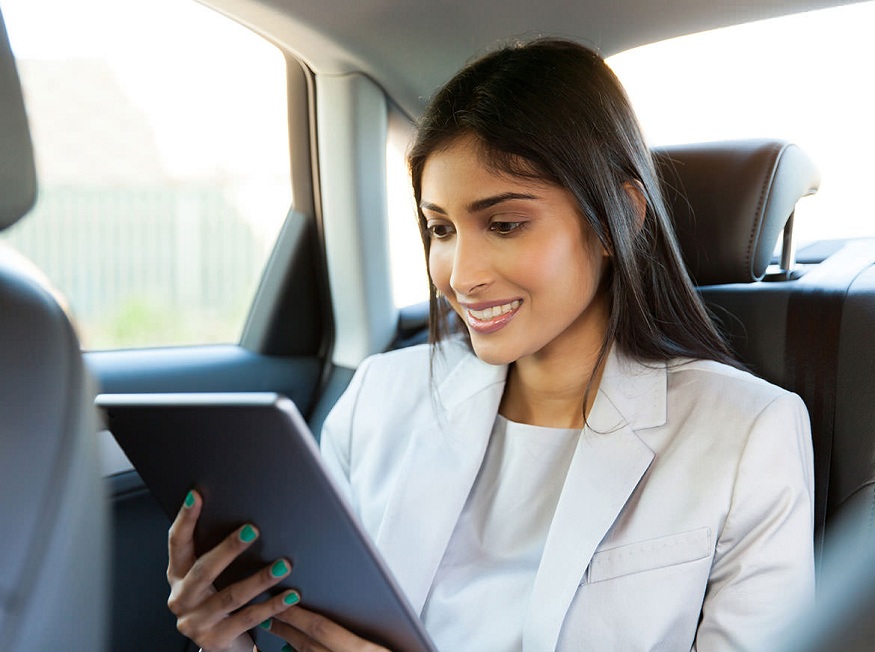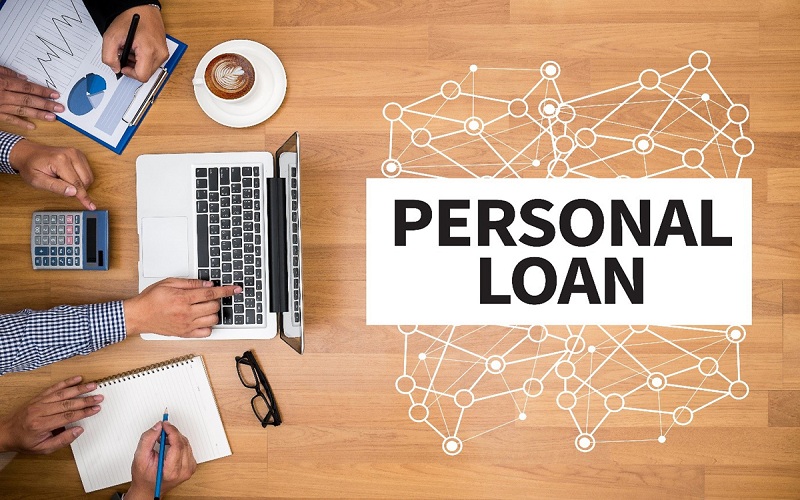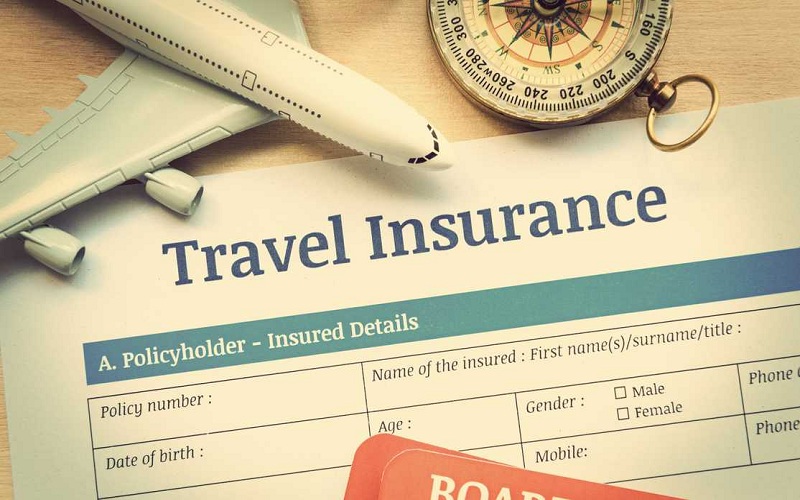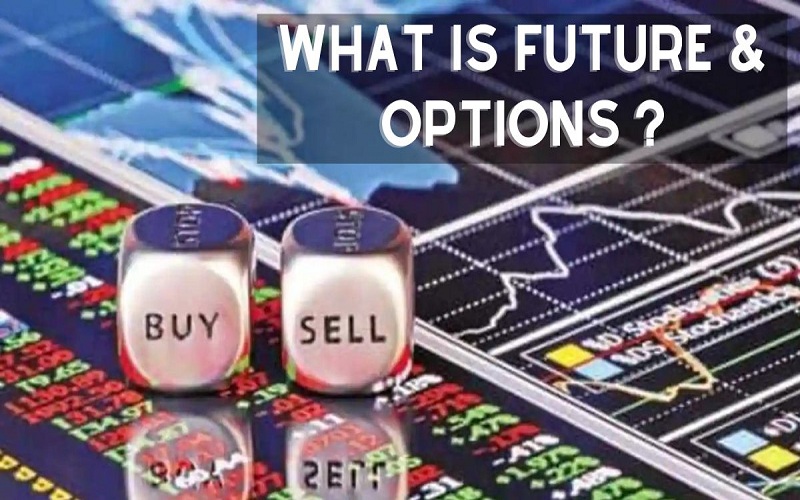To understand why you should personalize your marketing and how you can do that effectively, it’s important to understand what personalization means. Long story short, personalization is all about implementing marketing techniques using consumer data to boost ROI.
Where does this customer data come from? How exactly do consumer data and ROI link up? How much personalization is ‘too much personalization’? What exactly are we personalizing? There are a hundred questions that come with the responsibility of delivering personalized experiences. But don’t worry. This little handy guide is all you need to learn about personalization and how you can personalize experiences for your customers to increase sales and customer engagement.
Why Should You Personalize Marketing In 2021?
Time and time again we’ve seen how marketing has evolved with the right tools and approach. If you look closely at a customer journey map, you’ll notice the potential it has for personalization at multiple stages. However, with time and technological advancements, the basic customer journey map has undergone multiple changes too.
Now more than ever, brands are offering a more personalized experience to their customers by giving them what they’re looking for. Here’s a detailed understanding of why brands are opting for personalization in today’s time.
Understand and Target Specific Audiences
Without an existing customer base or real data, you can’t really know which audience to target. By only gathering the right data from surveys, studies, list segments, you can target the audience based on their buying patterns and interests. One huge marketing method that strongly supports this reason is email marketing.
Running a successful email marketing campaign goes beyond addressing people by their real names in the text body. It’s about using their interests, likes, dislikes, and motivations to optimize ROI. Once you pitch your idea, reference, or content in the email you’re already on your way to boost conversions and personalize experiences.
Connect Better With Customers
Personalizing your marketing will build a stronger connection between you and your customers. Not only will you generate better sales and boost conversions, but it shows the customers that you care about them deeply.
By simply wishing those on their birthday via personalized emails, or sending personalized discount codes, or even a simple thank you email will show how grateful you are to them. It makes the customer feel they can connect with you. Stay connected with AT&T internet service for businesses and build a better relationship with your customers.
Strengthens Business Identity
Without an identity, it’s impossible to make it big in the corporate sector. For an exciting personalized marketing experience, your company must have its own identity and face. By associating the names and faces of your employees in your company emails, you’re sharing the friendly human side of your business with the customers. Allow the customer to ask questions and share feedback to any active email addresses by including them in the automated emails sent to them.
Improve Recommendations
Learning something new about your customers now and then is a good thing. It indicates you’re doing the right thing. Powerhouses such as eBay and Amazon use customer information, patterns, interests, likes, dislikes, wish lists, to make better recommendations to their customers. Understanding customer behavior leads to better recommendations, which leads to greater trust and better sales.
Improves Conversions and Generate Sales
As much as personalizing experiences work out for your customers, it does wonders for your business as well. A simple recommendation is enough to tempt the customer to purchase something and a good experience keeps them around for a long time. By using customer behavior and trends to make better recommendations, you have a higher chance of retaining your customers and attracting new ones.
What Are You Personalizing?
Brands find multiple points in the customer journey where they can learn to know the audience better. For instance, from the communication channel, the customers are using to the time of the day they’re most active for engagement, a brand can use such information to their advantage and level up.
On the other hand, brads can also personalize emails, content, media messages, videos, website pages, discount offers, promos, sale notifications, product recommendations, and shipping alerts as well. The opportunities are endless when you know why you’re doing what you’re doing. All you need is the right approach and you’re good to go.
However, it’s important to understand no personalization is better than bad personalization. Imagine reading an email that spells out your name wrong. Is there anything more insulting than that for a potential customer? It just means not only did the company access your personal details without asking, but they didn’t even verify and validate the information before sending it through. It’s careless and no potential customer would be interested in what the company has to offer after reading their name wrong.
Storytelling is an art, and as a brand, you want to make sure you stay authentic and real with your customers. But if you don’t do it properly with validity, you might just lose all your potential customers.
How to Personalize?
Now that you understand why personalization is necessary for your business, let’s take a look at how you can personalize experiences for your customers effectively.
Data Is Your Best Friend
If you’re planning on using personalization, you need to have enough data to create multiple buyer personas for targeted ads and good content. By gathering data, you can understand your buyer’s habits, buying patterns, behaviors, expectations, motivations, and much more that allow you to create better content and ads.
You can attain data by creating a list of attributes you want to collect. Make sure you ask the right questions and not too many questions through your social graphs, surveys, forms, and studies.
Create Buyer Personas
Buyer personas reflect your target audience. Once you have enough data to segment your audience on multiple factors, you can create buyer personas. Based on factors like gender, age, income, location, motivations, interests, shopping habits, frequency, marketing attractions, etc., you can understand your customer needs better. By building multiple personas, you can create a roadmap of how your brand can meet the expectations and needs of each.
Breakdown Your Content
Focus on the buyer’s journey when you’re developing and sharing content. What kind of content will attract them in the first stage and then push them down the conversion funnel? What content will trigger them to make a purchasing decision? What kind of interaction is the buyer looking for in the middle of the funnel? Different buyer personas like different content. Tailor your content accordingly and map out your content precisely.
To Wrap It Up
The amount of effort that’s put in for good personalization is incredible. Make sure you understand the costs and benefits of implementing this technique before diving right into it. Once you get the hang of it, you’re going to notice a huge spike in sales and revenue.

 Optimising Employee Transport Management: Top Strategies for Efficient Commutes
Optimising Employee Transport Management: Top Strategies for Efficient Commutes  The Ultimate Guide to Choosing the Right Lifting Slings for Your Project
The Ultimate Guide to Choosing the Right Lifting Slings for Your Project  Easy Steps to Apply Online for Axis Bank Personal Loans
Easy Steps to Apply Online for Axis Bank Personal Loans  Plan a Stress-Free International Trip with Best Foreign Travel Insurance
Plan a Stress-Free International Trip with Best Foreign Travel Insurance  The IPO Process Explained: Steps to Launching a Successful Public Offering
The IPO Process Explained: Steps to Launching a Successful Public Offering  Essential Features to Look for in a Trading Broker
Essential Features to Look for in a Trading Broker  Factors That Influence prices on the Gold Market
Factors That Influence prices on the Gold Market  Personal Loans for Women in India: Empowering Financial Independence
Personal Loans for Women in India: Empowering Financial Independence  Investment and Insurance: The Dual Benefits of Unit Linked Plans
Investment and Insurance: The Dual Benefits of Unit Linked Plans 






